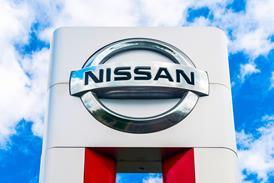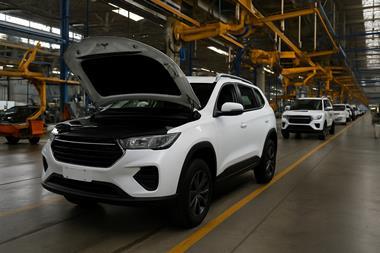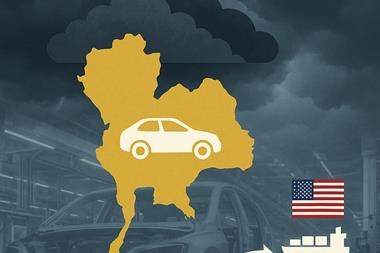In the vehicle logistics industry, perhaps the most common IT-related complaint from OEMs is that Amazon customers can trace $15 book purchases online up to delivery, but carmakers cannot track $30,000 vehicles. Track-and-trace systems have become the norm in almost every logistics-based industry.
FMCG customers expect product deliveries within a 15-minute window. Parcel delivery agents track parcels through supply chain hubs. Web retailers expect real-time electronic proof of delivery to pay carriers and meet customer expectations. So, why is there a gap for automotive? The gap is not as evident as it appears. The real advantage with track and trace comes not in how you capture information, but what you do with it. In that regard, vehicle logistics can use track and trace to the same advantage as other industries, particularly for vehicle status at different points in the chain. Firstly, track and trace is an industry solution, not a single carrier or OEM implementation.
Assessed in isolation for a single provider the business case is likely to be weak, while from an industry perspective it is overwhelming. While OEMs strive to improve supply visibility, carriers complain of poor forecasting, rising costs and low pricing. These issues are typical when part of the chain is not integrated. The old economy approach of deploying more assets, demanding higher rates and throwing more people at the problem is no longer viable.
Other logistics industries did not install trace-and-trace systems because their customers demanded it. The technology simply completed the last mile of best practice. Companies made these investments because the return on investment (ROI) proved compelling, helping them to strip out operational cost, provide better levels of service and, in turn, win more business.
Don’t be fooled by Amazon Mention track and trace in the vehicle logistics world and talk turns quickly to technology like RFID and the large investment requirement without sufficient ROI. There is not a strong case for ‘tracking’ every vehicle precisely at any point in time throughout the supply chain. But there is an overwhelming business case for understanding the ‘live’ status of each vehicle as it passes through each stage.
Don’t be fooled by the Amazon anecdote: the online shopper doesn’t see where his book is precisely at any point in time. He sees its status or the last known hub it passed through, which is also feasible for vehicle logistics There is no single silver bullet for track and trace. But there are a number of practical and affordable approaches that can be deployed quickly to identify the vehicle and its status in the outbound supply chain.
How a carrier achieves this should not be prescribed. What should be established is that not providing vehicle location and status is unacceptable in today’s market. OEMs should demand it in contracts and suppliers should offer it as part of their standard service. The starting point should be a simple, multipurpose identification regime that encapsulates readable barcode and RFID data from factory to dealer. This is available today and largely in use. What has changed is carriers can now select appropriate and affordable technology to electronically capture and send information to meet their customers’ information requirements.
Most people understand
the value of such information but believe it is difficult and expensive to achieve. Historically, they were right but technology has moved on. The industry can now achieve a ubiquitous ‘live’ status for every vehicle at a low cost. First, your business must choose a platform capable of receiving, capturing and sending information that can communicate with any customer or carrier in the industry irrespective of what systems they choose to use. Secondly, your business should provision the collected information and receive information via an independent but common communications platform that allows suppliers and customers to communicate in real-time irrespective of customer, supplier, and location and capture method.
The capability is available today; the question is whether the industry is ready to change?
Wayne Pollock, managing director, CarDeliveryNetwork




































